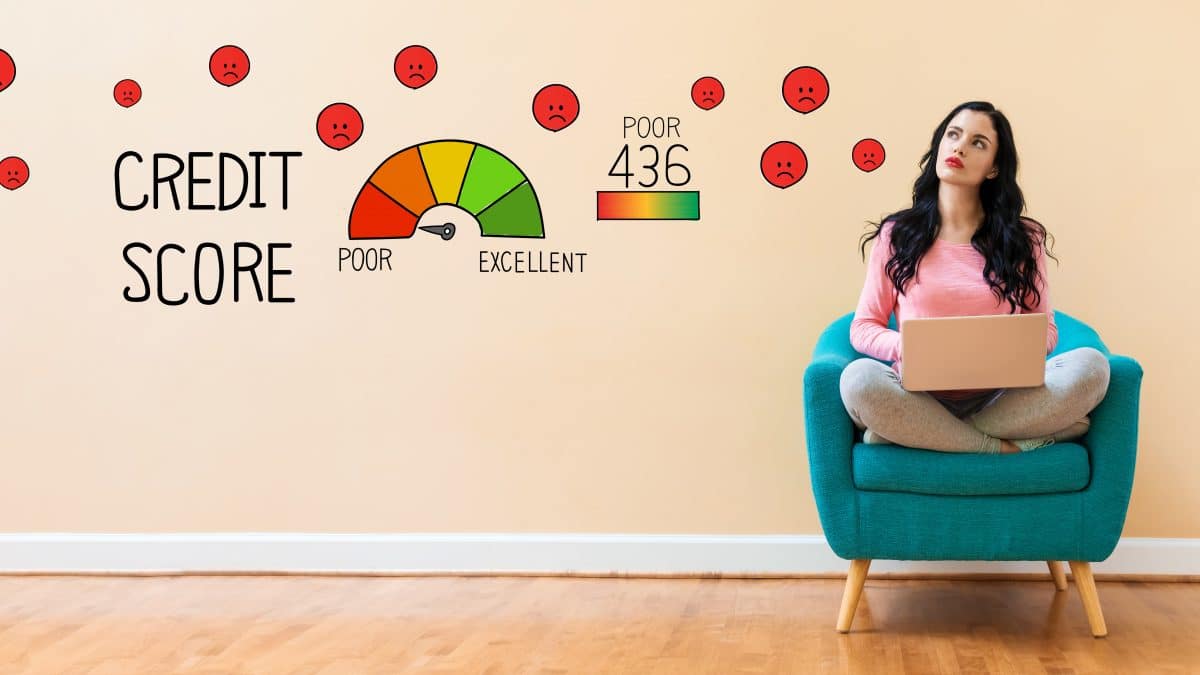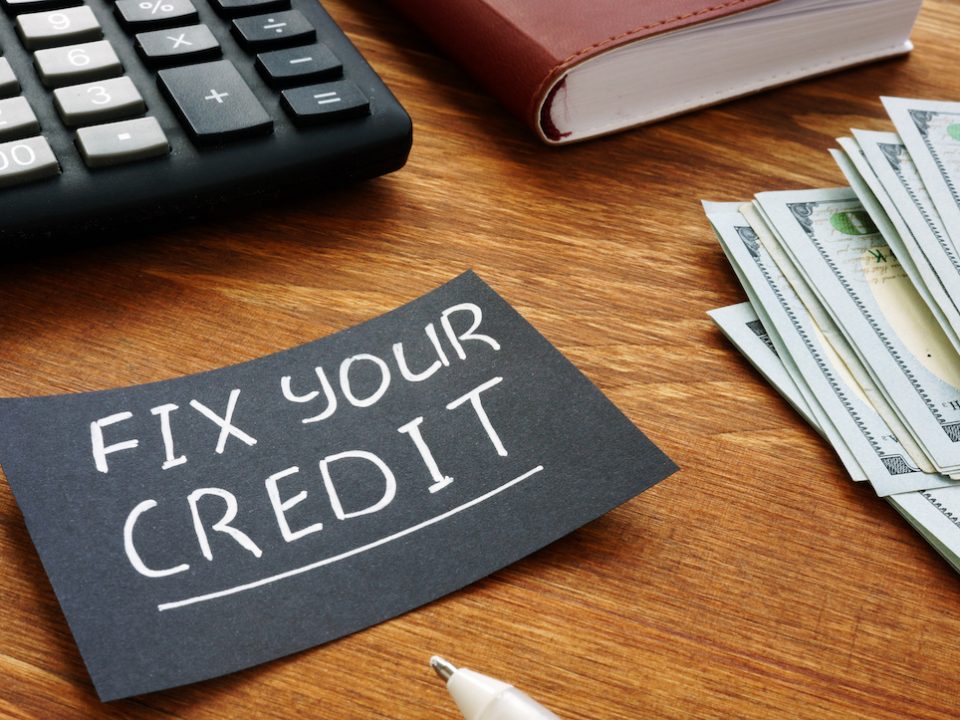You’ve seen the commercials and heard the jingles telling you to check your credit score, but what is it? It’s important to be familiar with your credit score because it could affect your ability to get a car, take out a credit card, or even purchase a home. FICO®️ scores are most commonly used by lenders to evaluate credit.
What is a Credit Score?
Credit scores communicate borrower creditworthiness and are an essential part of the loan application process. Your credit scores can be different depending on which scoring model is being implemented and which consumer credit bureau report (Equifax, Experian or TransUnion) the scoring model is accessing.
FICO®️ scores are most commonly used by lenders to evaluate credit, but other credit scores can tell you where you stand. A FICO®️ score, is a three-digit number usually ranging between 300 to 850 and is generated from metrics developed by Fair Isaac Corporation. A high score means lenders be more than willing to lend you the money you’re seeking. FICO®️ scores look at different factors in five different areas to determine if you’re a worthy borrower:
- Payment history
- Current debt
- Length of credit history
- Credit mix
- New credit
By learning how each of these can impact your credit score, you can take steps to protect it and better it.
Payment History
Your payment history shows your behavior on paying back all credit accounts. This can be things like loans and credit cards. This is the largest and most important factor that affects your credit score.
Payment history also shows how you’ve paid your bills. Were your bills paid on time? Did you miss any bill payments? Did any accounts get sent to collections? If you are not good about making your payments on time, you’re representing yourself as a risky investment to lending entities.
According to FICO®️ these are the types of accounts in your payment history:
- Credit cards
- Retail accounts (store credit cards)
- Installment loans (car loans)
- Finance company accounts
- Mortgage loans
Payment history makes up 35% of the overall FICO®️ credit score. A few late payments here and there won’t ruin your credit score. If you are primarily in good standing, those late payments will normally be overlooked.
Lending Studios Tip: Make your payment on time to remain in good standing. Your credit score will thank you for it.
Current Debt
Current debt makes up 30% of your overall credit score. This shows the percentage of available credit that’s been borrowed from lenders. FICO®️ states that those who have the best credit scores have an average debt use of 6% or less and balances of less than $3,000 owed to any lender.
Current debt along with payment history make up a large portion of your credit score. With that being said, if you stay up to date on your payments and don’t carry large balances you will be on your way to a good credit score in no time at all.
Length of Credit History
The length of credit history is how long your accounts have been open. This also shows most recent activity. Length of credit score accounts for 15% of your overall credit score.
The longer the credit history, the more information that can be provided to show how your financial behavior has been in recent and previous years. CreditCards.com recommends that to improve credit scores, those with no credit history should begin using credit. They also suggest that those with credit should aim for maintaining long-standing accounts.
Credit Mix
Credit mix makes up 10% of your overall credit score. This means the different types of open accounts. Having both revolving and installment accounts represented on your credit report proves you can handle different types of credit. FICO®️ suggests that borrowers with a good mix of credit and loans seem to represent having less risk to lenders.
FICO®️ will consider your variety of credit cards, retail accounts, installment loans, finance company accounts, and mortgage loans within this category. But, you don’t need to have an account open in each category to earn a good credit score.
Lending Studios Tip: Don’t open credit accounts that you won’t be using.
New Credit
10% of your credit score concerns new credit. However, this isn’t supposed to imply that you should open multiple accounts at the same time. Not only will this not improve your score, but it could show lenders that you are in financial distress by needing access to so many accounts. When you look for new credit, it will show on your credit report for two years. You will appear to be a greater risk to lenders if you open new credit lines in a short period of time.
Don’t let that scare you. It’s okay to inquiry on new credit. New accounts will lower your average account length of history.
What’s the Difference Between Credit Score and Credit Report?
Your credit score is what communicates borrower creditworthiness.
Your credit report is a statement that has information about your credit activity and current credit situation, such as loan payment history and the status of your credit accounts.
Consumer Finance details that credit reports usually show the following:
- Your full name, along with any names you’ve been associated (including nicknames)
- Former and current addresses
- Your birthday information
- Social security number
- Phone numbers
- Current and previous credit accounts and their types
- Credit limit and amounts
- Account balances
- Payment history
- Dates of account openings and closings
- Creditor name
- Liens
- Foreclosures
- Bankruptcies
- Civil suits
- Inquiries
In short, your credit report explains your creditworthiness with history and facts. And your credit score is a number assigned to you based on all the factors
Repair Bad Credit Score with Lending Studios
Credit scores and reports communicate borrower habits and risk. This is an essential part of loan applications. If you want to buy a home, car, or take out any kind of loan it’s crucial you know where your credit stands. By learning what impacts your credit score (payment history, current debt, length of credit history, credit mix, and new credit) you can take the steps to protect it and improve it. While it’s not easy to repair credit that’s been damaged by years of neglect, getting started now will help you get to where you want to be faster. Don’t put it off any longer.
Ready to Find Your Best Loan?
Compare Your Mortgage Options Quotes. Get Started Today.




